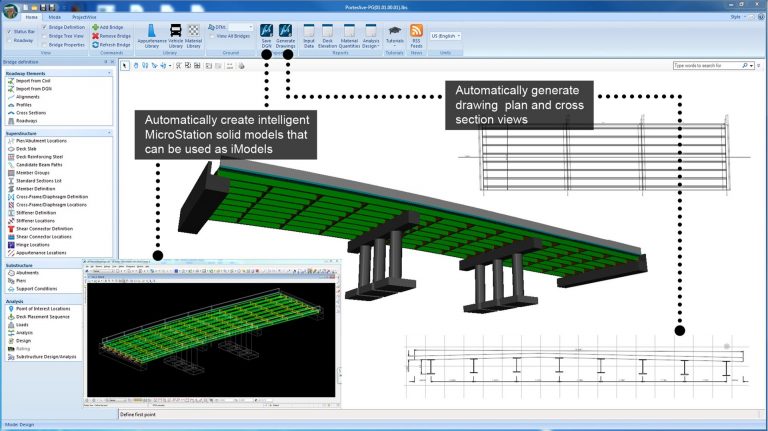
The final coat of plaster is having Cement: sand mix proportion of 1:3 and thickens 12 mm. The pebbles may be lightly pressed into the mortar with the help of wooden float. In this finish, clean pebbles of size from 10 to 20 mm size are dashed against the final coat of plaster. This finish is water-proof, durable, and resistant to cracking and crazing. Every finish gives your wall a different appearance, and it’s up to you to choose which one to use in your project.
Cement plaster how to#
There are several types of plaster finish, and in this article, we will tell you how to achieve five different styles. Plastering is the process wherein the coarse surfaces of your walls or ceilings are covered to achieve a smooth and aesthetic finish. If you want to decorate your walls or cover their uneven surfaces, your contractors can finish your building with plaster. Having your walls up is not the end of the building construction process.


How Much Weight Can Plaster Walls Hold?.What Kind of Plaster Is Used for Walls?.What Do I Need to Know About Plaster Walls?.Special Material Used in Plastering for Finishing Coat


 0 kommentar(er)
0 kommentar(er)
